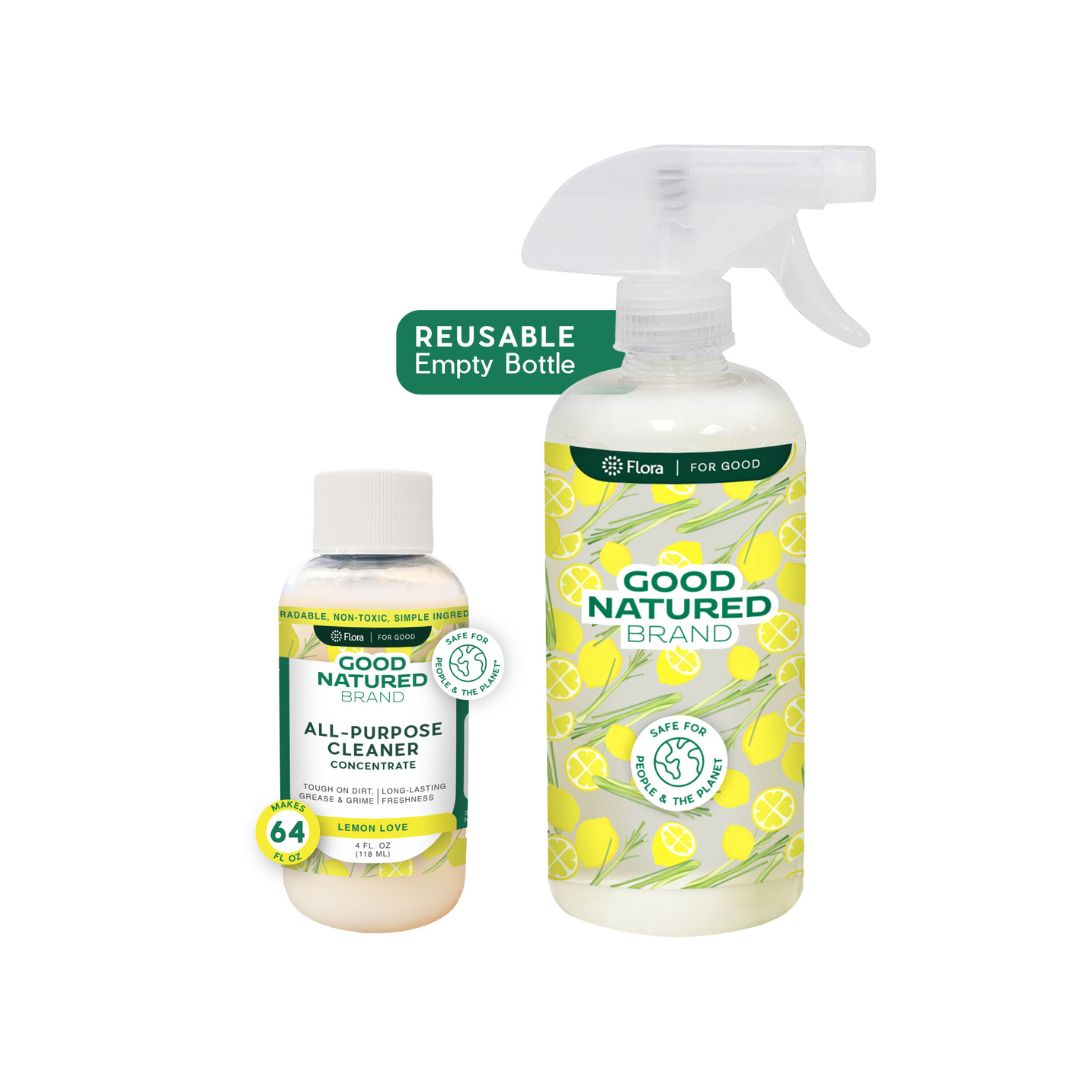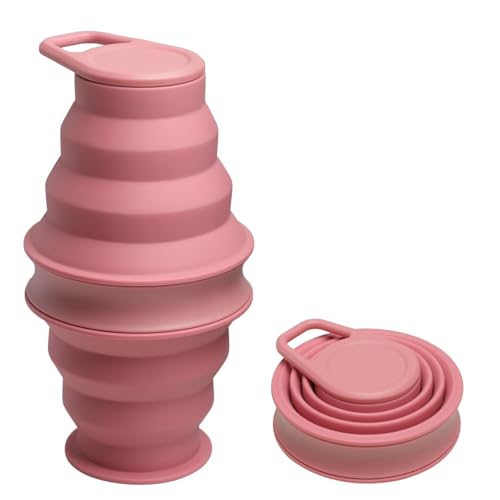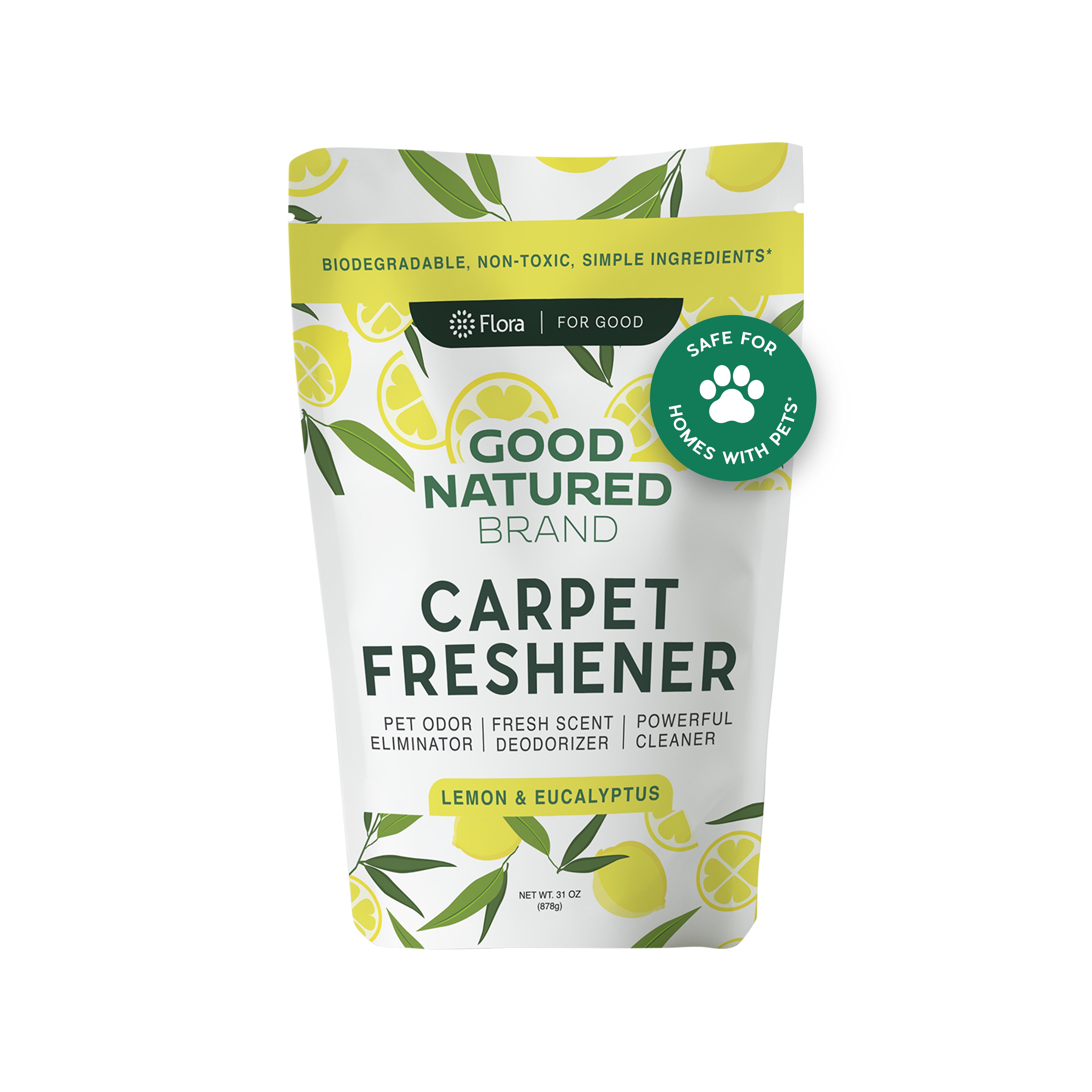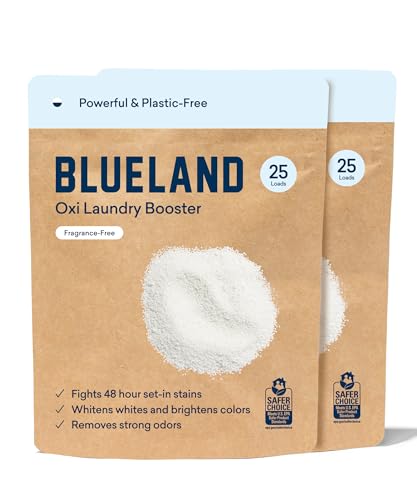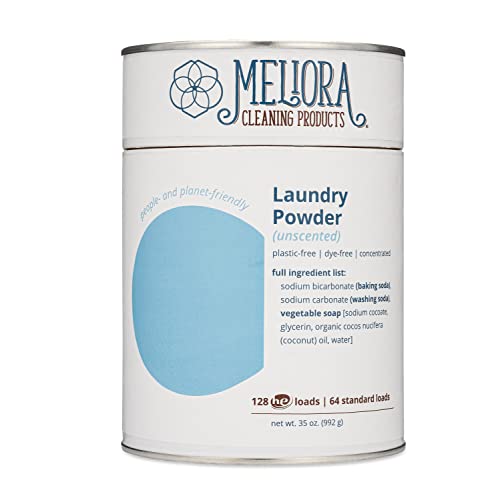
Urban ReLeaf Aftercare Treatment - Soothe & Fade Keloids, Natural Essential Oils - 15ml


Boswellia Carteri (Frankincense) Resin
Low RiskBoswellia carteri, commonly known as frankincense resin, is derived from the Boswellia tree. It is primarily used in aromatherapy, traditional medicine, and cosmetic products for its aromatic properties and potential health benefits.
Sustai Insights
Frankincense resin offers functional benefits such as anti-inflammatory and antimicrobial properties, often utilized in skin care and wellness products. It is sustainably sourced and biodegradable. Health risks are minimal, with low concerns regarding carcinogenicity, allergies, and reproductive toxicity. Environmental risks are also low, as it does not contribute significantly to pollution or bioaccumulation. Regulatory bodies do not impose restrictions on its use. Overall, the risk level associated with frankincense resin is low, making it a safe ingredient for various applications.
Lavandula (Lavender) Flower
Low RiskLavandula (lavender) flower refers to unspecified preparations of the lavender plant, known for its aromatic properties. It is commonly used in various products for fragrance and potential therapeutic benefits, such as calming effects. The ingredient has a low risk profile regarding common health concerns.
Sustai Insights
Lavender flower offers functional benefits primarily as a fragrance and potential calming agent in products. It is considered sustainably sourced with low environmental impact and is not associated with significant health risks, such as carcinogenicity, allergies, or reproductive toxicity. Regulatory bodies, including the FDA, do not impose restrictions on its use. However, as with any ingredient, proper usage is recommended to mitigate any minor irritation risks. Overall, it presents a low-risk profile, making it a favorable choice in formulations.
Simmondsia Chinensis (Jojoba)
Low RiskSimmondsia chinensis, commonly known as jojoba, is an oil derived from the seeds of the jojoba plant. It is commonly used in cosmetic formulations for its moisturizing properties, acting as an emollient and skin conditioning agent.
Sustai Insights
Jojoba oil offers functional benefits such as effective skin moisturization and is biodegradable, with sustainable sourcing practices. Health risks are low, with minimal concerns regarding carcinogenicity, allergies, and reproductive toxicity. Environmental impact is negligible, with no pollutant or bioaccumulation potential. Regulatory status is favorable with no significant restrictions noted. Overall, it is assessed as low risk, and safe usage practices should be maintained. Alternatives include other plant-derived oils like argan or almond oil, which may provide similar benefits.
Melaleuca Alternifolia (Tea Tree)
Low RiskMelaleuca alternifolia, commonly known as tea tree, is an unspecified preparation derived from the leaves of the tea tree. It is primarily used for its antiseptic properties and is found in various personal care products.
Sustai Insights
Tea tree oil offers functional benefits such as antimicrobial properties, making it effective in skincare formulations. It is considered to have low health risks, including low concerns for carcinogenicity, allergies, and reproductive toxicity. Environmental risks are minimal, with no significant pollutant or bioaccumulation potential. Regulatory bodies have noted no major advisories, and overall risk assessment remains low. For safe usage, it is recommended to use appropriate concentrations and consider alternatives like lavender or eucalyptus oil for similar benefits.
Rosemary
Low RiskRosemary is a material derived from the Rosmarinus officinalis plant, commonly used in various products for its aromatic properties and potential antioxidant benefits. It serves primarily as a natural preservative and fragrance component.
Sustai Insights
Rosemary offers functional benefits as a natural preservative and antioxidant, with sustainability credentials due to its biodegradability and renewable sourcing. Health risks are low, with negligible concerns regarding carcinogenicity, allergenic potential, or reproductive toxicity. Environmental risks are minimal, with no significant pollutant or bioaccumulation issues. Regulatory bodies, including the FDA, do not impose restrictions on its use. Overall, rosemary is assessed as low risk, making it a suitable ingredient in formulations.
Boswellia Carteri (Frankincense) Resin
Low RiskBoswellia carteri, commonly known as frankincense resin, is derived from the Boswellia tree. It is primarily used in aromatherapy, traditional medicine, and cosmetic products for its aromatic properties and potential health benefits.
Sustai Insights
Frankincense resin offers functional benefits such as anti-inflammatory and antimicrobial properties, often utilized in skin care and wellness products. It is sustainably sourced and biodegradable. Health risks are minimal, with low concerns regarding carcinogenicity, allergies, and reproductive toxicity. Environmental risks are also low, as it does not contribute significantly to pollution or bioaccumulation. Regulatory bodies do not impose restrictions on its use. Overall, the risk level associated with frankincense resin is low, making it a safe ingredient for various applications.
Lavandula (Lavender) Flower
Low RiskLavandula (lavender) flower refers to unspecified preparations of the lavender plant, known for its aromatic properties. It is commonly used in various products for fragrance and potential therapeutic benefits, such as calming effects. The ingredient has a low risk profile regarding common health concerns.
Sustai Insights
Lavender flower offers functional benefits primarily as a fragrance and potential calming agent in products. It is considered sustainably sourced with low environmental impact and is not associated with significant health risks, such as carcinogenicity, allergies, or reproductive toxicity. Regulatory bodies, including the FDA, do not impose restrictions on its use. However, as with any ingredient, proper usage is recommended to mitigate any minor irritation risks. Overall, it presents a low-risk profile, making it a favorable choice in formulations.
Simmondsia Chinensis (Jojoba)
Low RiskSimmondsia chinensis, commonly known as jojoba, is an oil derived from the seeds of the jojoba plant. It is commonly used in cosmetic formulations for its moisturizing properties, acting as an emollient and skin conditioning agent.
Sustai Insights
Jojoba oil offers functional benefits such as effective skin moisturization and is biodegradable, with sustainable sourcing practices. Health risks are low, with minimal concerns regarding carcinogenicity, allergies, and reproductive toxicity. Environmental impact is negligible, with no pollutant or bioaccumulation potential. Regulatory status is favorable with no significant restrictions noted. Overall, it is assessed as low risk, and safe usage practices should be maintained. Alternatives include other plant-derived oils like argan or almond oil, which may provide similar benefits.
Melaleuca Alternifolia (Tea Tree)
Low RiskMelaleuca alternifolia, commonly known as tea tree, is an unspecified preparation derived from the leaves of the tea tree. It is primarily used for its antiseptic properties and is found in various personal care products.
Sustai Insights
Tea tree oil offers functional benefits such as antimicrobial properties, making it effective in skincare formulations. It is considered to have low health risks, including low concerns for carcinogenicity, allergies, and reproductive toxicity. Environmental risks are minimal, with no significant pollutant or bioaccumulation potential. Regulatory bodies have noted no major advisories, and overall risk assessment remains low. For safe usage, it is recommended to use appropriate concentrations and consider alternatives like lavender or eucalyptus oil for similar benefits.
Rosemary
Low RiskRosemary is a material derived from the Rosmarinus officinalis plant, commonly used in various products for its aromatic properties and potential antioxidant benefits. It serves primarily as a natural preservative and fragrance component.
Sustai Insights
Rosemary offers functional benefits as a natural preservative and antioxidant, with sustainability credentials due to its biodegradability and renewable sourcing. Health risks are low, with negligible concerns regarding carcinogenicity, allergenic potential, or reproductive toxicity. Environmental risks are minimal, with no significant pollutant or bioaccumulation issues. Regulatory bodies, including the FDA, do not impose restrictions on its use. Overall, rosemary is assessed as low risk, making it a suitable ingredient in formulations.
Urban ReLeaf Piercing Bump Relief is the ultimate solution for those seeking to heal and reduce keloids and bumps effectively. This natural aftercare treatment is designed for various body areas, ensuring gentle soothing for your skin.
- Effective Healing: Promotes healing of piercing bumps and keloids.
- Easy Application: Convenient dropper allows for precise use.
- Natural Ingredients: Formulated with safe, plant-based components.
- Versatile Use: Suitable for ears, nose, nipples, and facial areas.
- Made in the USA: Crafted with care and quality in mind.
- Gentle Formula: Soothes irritation without harsh chemicals.
- Quick Results: Noticeable improvement in skin texture and appearance.
Subscribe & Save with Sustai
- Best Price Guarantee: Always enjoy the lowest prices on sustainable home essentials.
- No Surprises: We’ll notify you before shipping. No hidden fees, ever.
- You’re in Charge: Change, pause, or cancel your subscription anytime with ease.
- Eco-Friendly Deliveries: Our grouped shipments mean less packaging and lower emissions.
Join us on a sustainable journey. Special offers for a limited time! Prices and promotions may change.
Recommended Products
Urban ReLeaf Piercing Bump Relief is the ultimate solution for those seeking to heal and reduce keloids and bumps effectively. This natural aftercare treatment is designed for various body areas, ensuring gentle soothing for your skin.
- Effective Healing: Promotes healing of piercing bumps and keloids.
- Easy Application: Convenient dropper allows for precise use.
- Natural Ingredients: Formulated with safe, plant-based components.
- Versatile Use: Suitable for ears, nose, nipples, and facial areas.
- Made in the USA: Crafted with care and quality in mind.
- Gentle Formula: Soothes irritation without harsh chemicals.
- Quick Results: Noticeable improvement in skin texture and appearance.

You can have at most 2 Sustainable Steals products in your cart
Customer Reviews
Customers’ View
Customers appreciate the effectiveness and natural formulation of Urban ReLeaf Piercing Bump Relief. Many users report quick results, noting that the product starts working almost immediately to reduce keloids and bumps. For instance, one customer mentioned, "This worked very well for my nose ring; it shrunk my piercing bump in just a couple of days." The gentle, plant-based ingredients resonate well with health-conscious consumers, as they seek alternatives free from harsh chemicals. The convenient dropper application is also highlighted as a user-friendly feature, allowing for precise application. Overall, this product is viewed as a reliable option for those looking to heal and soothe irritated skin while aligning with eco-friendly values.
AI-generated from the text of customer reviewsThis product has no reviews yet.
